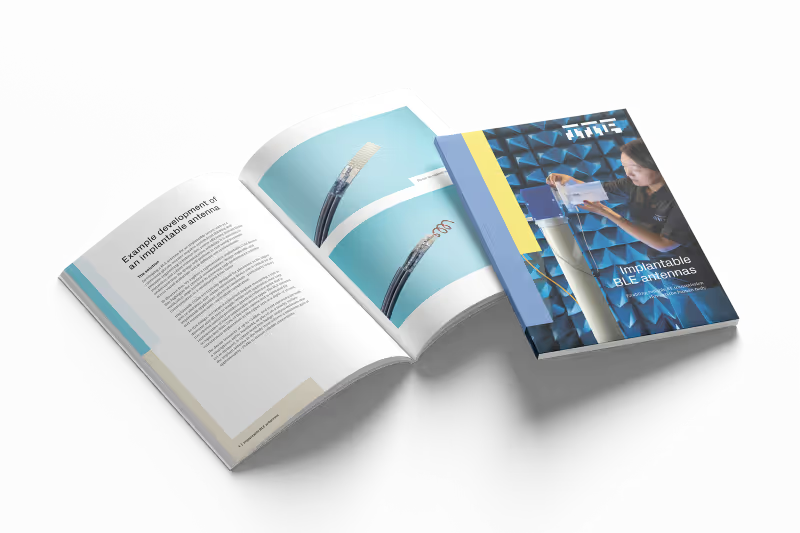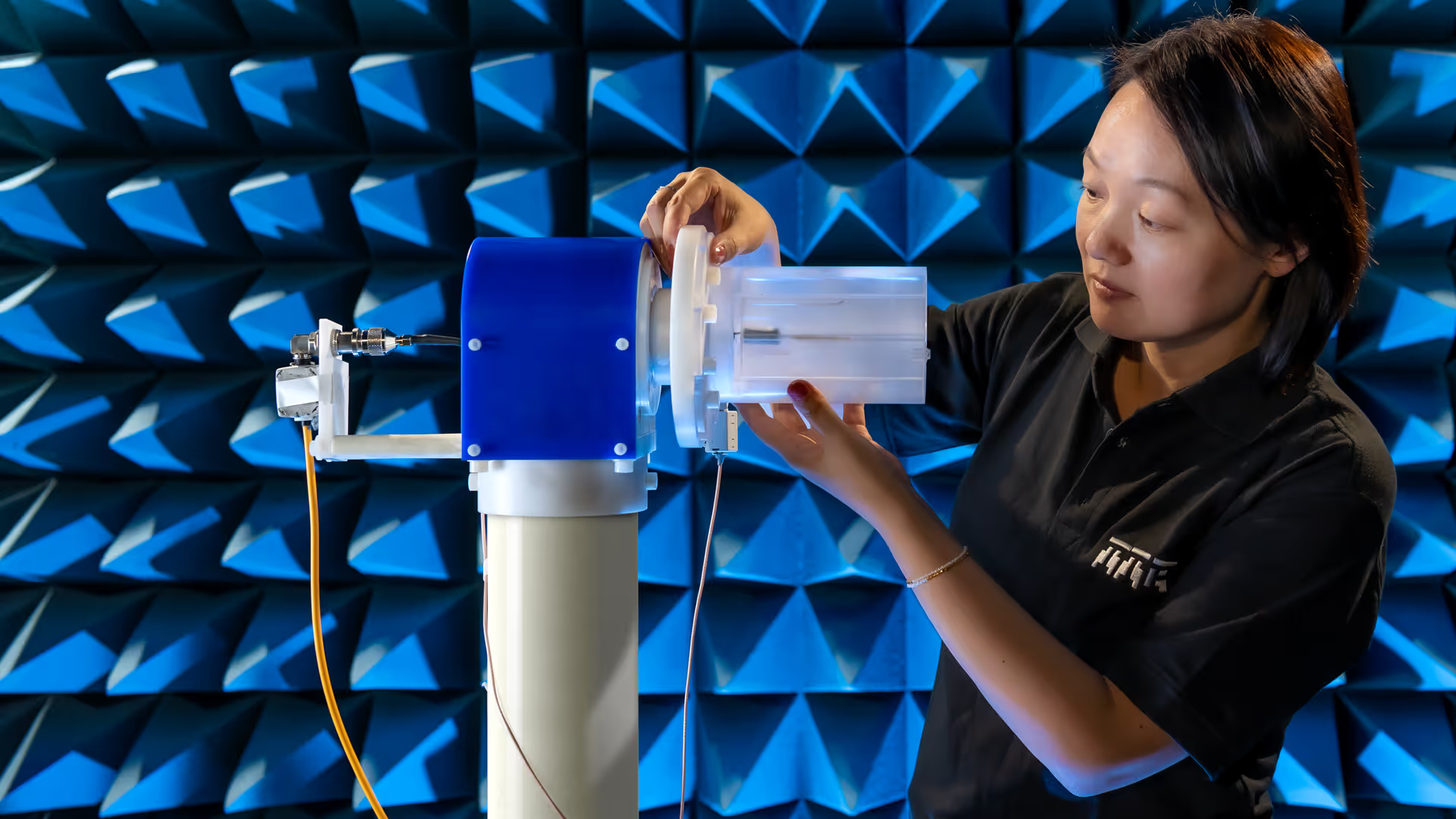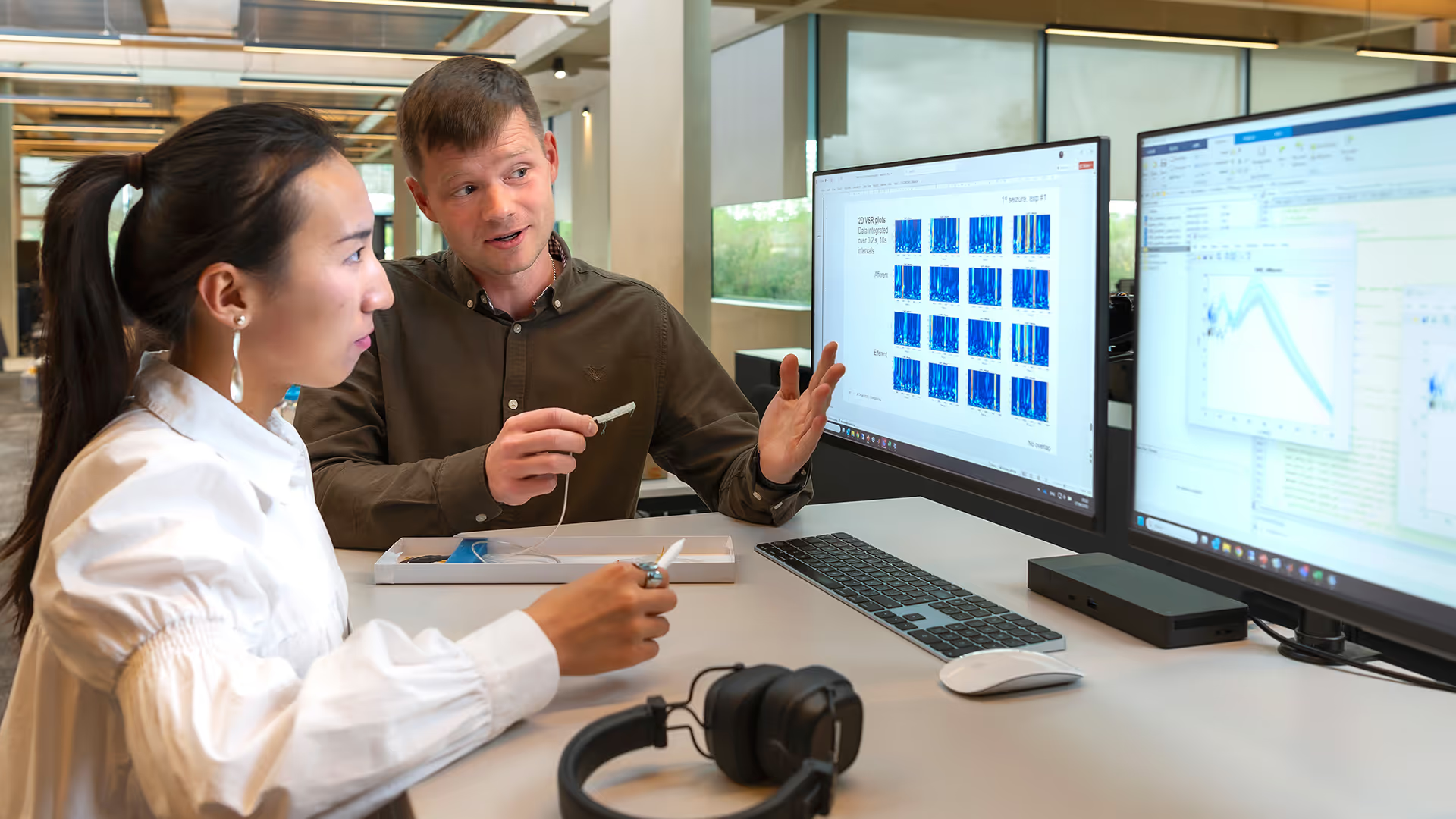From wearable to implantable CGM: the connectivity challenge
Continuous Glucose Monitoring (CGM) is central to diabetes care, but traditional systems rely on external transmitters and patches that compromise comfort. A new wave of implantable sensors removes this hardware for a more discreet, user-friendly experience. But moving CGMs under the skin creates new hurdles. Reliable real-time wireless links are harder to achieve, yet essential for patient safety. Devices must also balance strict size constraints, year-long lifetimes, and ultra-low power consumption.
Bluetooth Low Energy (BLE) offers a viable path – enabling direct, low-power communication with smartphones and simplifying the overall system.
Inside, you'll learn:
· First-hand insights from antenna prototypes proven in real-world scenarios.
· Why RF performance fails when antenna, enclosure, and electronics aren’t engineered as an integrated system.
· How accurate tissue models and test environments prevent late-stage setbacks.
· Ways to balance miniaturisation, energy use, and tissue effects.

Read more to see the challenges, trade-offs, and solutions, and how these lessons can help de-risk your next active implantable device. Get your free copy below.
Download the 'Implantable BLE antennas' e-book











